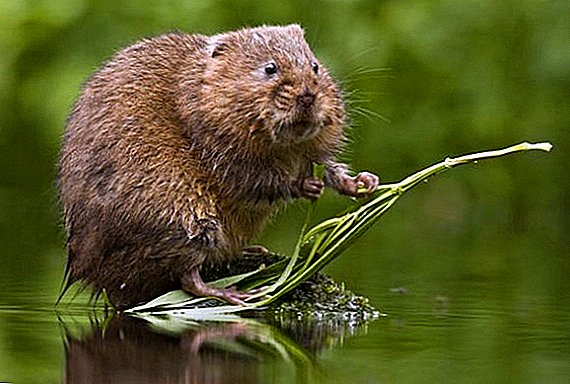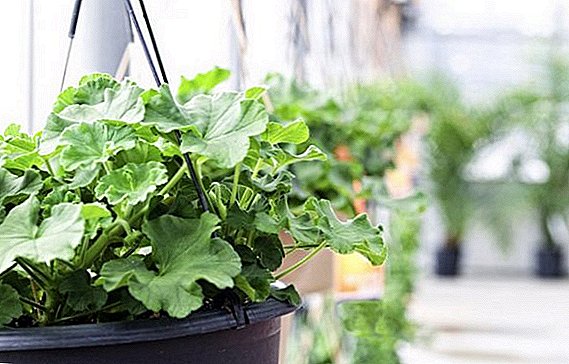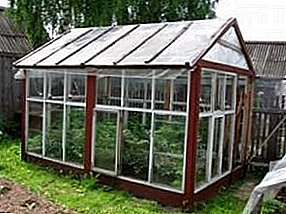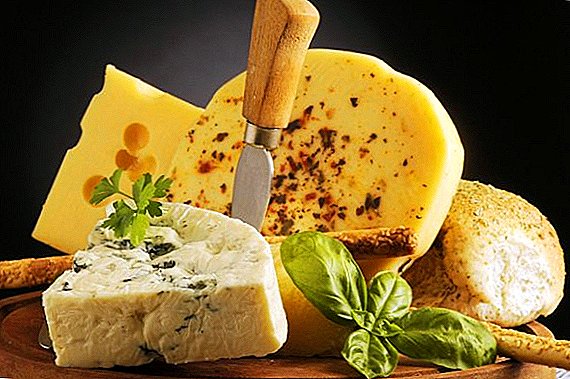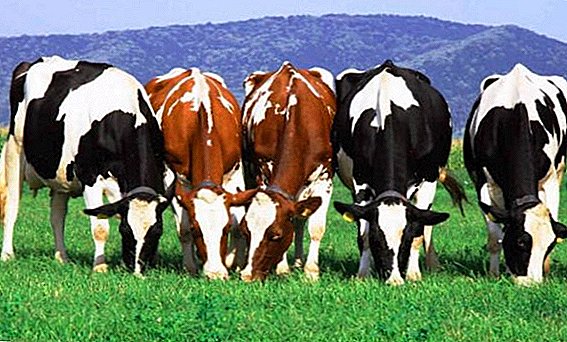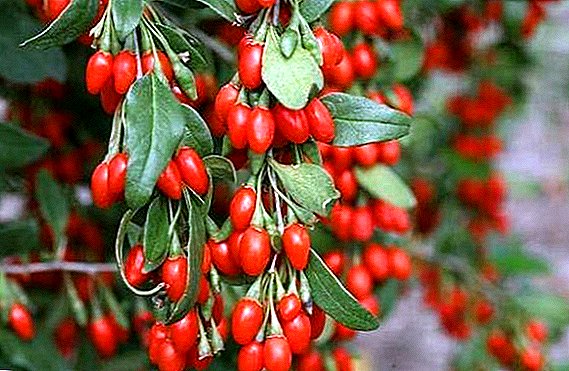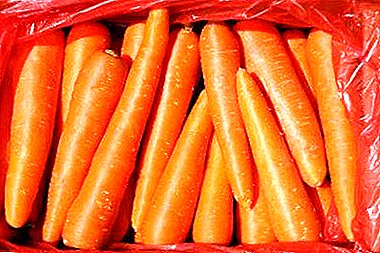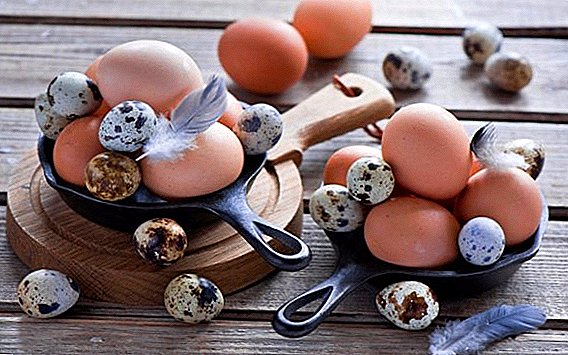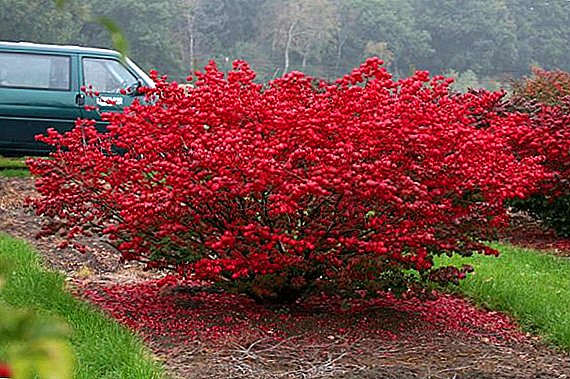 Euonymus European - the most popular plant, which is used for landscaping and creating garden compositions. Experienced gardeners know that these plants have combined such qualities as rapid growth, excellent decorative effect, and the presence of a wide variety of varieties.
Euonymus European - the most popular plant, which is used for landscaping and creating garden compositions. Experienced gardeners know that these plants have combined such qualities as rapid growth, excellent decorative effect, and the presence of a wide variety of varieties.
Characteristics and features
European euonymus belongs to the Eoskletovykh family. It is found throughout Europe in mixed forests. This type of Latin is called Еuonymus europaeus, which translates as a tree with a glorious name. You can also find other names, for example, cowlis, "spindle tree" and others. The main characteristics of the plant include: 
- It can grow in the form of a bush (up to 3 meters high), and also in the form of a tree (up to 6 meters high). As for the crown, it can be up to 5 meters in diameter.
- It grows fast and tolerates frost.
- In the winter the plant drops foliage.
- It has not a deep, but branched root system.
- Foliage of simple form, completely smooth and unremarkable in the summer.
- The flowering period is May - July. Flowers are small, gathered in umbrella inflorescences.
- Fruits are leathery boxes with four leaves.
- Wood is very hard for making small items, such as knitting needles, spindles and others.

Features of European Euonymus:
- Young branches are covered with cork growths, because of which the shape of the stem becomes square.
- In autumn, the foliage is colored in different shades, from yellow to red.
- The fruits are the main decorative element of the plant, ripened in October, can hang on the bushes all winter, pleasing the eye with its bright color.
- From charcoal burned wood get quality slate for drawing.
- It is a kind of "magnet" for pests of fruit trees.
- The fruit of the plant is very poisonous.
Did you know? As far back as the 19th century, it was found that in the bark of the euonymus contains gutta-percha substance, similar in properties to rubber. At the beginning of the 20th century, research revealed that the most of this substance (up to 16%) is formed in the rings of young roots and branches.
Popular varieties
The greatest popularity among gardeners and landscape designers when choosing a European Euonymus won these varieties are:
- Nana - dwarf variety, refers to the creeping form, a height of not more than 0.5 meters. Bushes have a large number of creeping stems that are able to quickly grow roots and give new growth. On the branches in pairs are narrow lanceolate leaves with a rich green color. It blooms in July with small nondescript flowers on the shoots of this year, and by the end of September you can see ripe pink with yellow fruit.
- Red cascade - tall shrub. Straight and narrow in youth, with age the bush grows and its crown can reach 3 meters in diameter with a height of 4 meters. By the autumn the foliage acquires an unusual palette of colors from bright yellow to purple. In May, pale yellow flowers bloom, and starting from autumn and up to spring, European Caspian variety Red Cascade can see leathery fruits, painted in pink and dark red shades.
 This species of euonymus has more than twenty ornamental varieties. Here are some of them:
This species of euonymus has more than twenty ornamental varieties. Here are some of them:- Alba - medium sized bushes with white fruits.
- Aucubaefolia - leaves with yellow spots.
- Pendula - branches have a weeping shape.
- Atropurpurea - foliage with a lilac shade.
- Argenteo-variegata - white-spotted leaves.
- Intermedia - red large fruit on the background of green foliage.

Use in garden compositions
European euonymus - a popular perennial plant, widely used in landscape design when designing not only personal plots, but also urban areas. There are a number of points that need to be considered when creating garden compositions:
- They create a hedge using plants that grow high, for example the Red Cascade variety (Euonymus reaches a height of up to 4 meters).
- They are grown in single specimens, creating bright accents in the autumn, when the European spruce is especially beautiful.
- Dwarf and creeping varieties adorn the stony gardens and planted in areas unsuitable for use, creating a kind of oasis, covered with carpets of foliage of various colors. The ideal choice is Nana.
- Undersized varieties planted in flower beds to create original compositions and used for framing the bends of garden paths.
- The variegated foliage of the euonymus serves as a good background for group plantings with low conifers, for example, with dwarf species of spruce trees, pines and juniper trees.
- Dwarf species planted in flowerpots and distributed throughout the site, as well as decorate balconies and terraces.
- Used for planting on the slopes - Euonymus has a very branched root system, which well strengthens the top layer of soil.
- Decorate the walls of buildings.
- The ability of plants to respond well to a haircut provides the ability to create bonsai.

How to choose seedlings when buying
If you decide to plant an euonymus on your plot, then the seedling should be purchased in a nursery or garden center with a closed or open root system. The choice of variety depends on where it will grow and from the composition you want to create:
- If planting will take place in open areas or be used for zoning, then it is better to give preference to tall varieties.
- Under trees or for framing borders, dwarf and groundcover varieties are ideal.

Selection and preparation of the site
In determining the place where the seedling will be planted, it is necessary to anticipate what function the plant will continue to perform. Consider a number of points:
- Since European euonymus belongs to deciduous shrubs, preference is better to give solar sites, then in the fall the color of the leaves will be the most intense.
- We must remember that this plant does not like stagnant water.
- The soil should be fertile, well drained, and the reaction of the environment - alkaline. If the land is acidic, you need to add 350 grams of lime to one square.
- The prepared soil should consist of garden soil, peat, river sand (1: 2: 1). We enrich poor soils with organic and mineral fertilizers: rotted manure at the rate of 10 kilograms per square meter and 80 grams of phosphate and potash preparations each.
Euphorbia, aster, verbascum, veronica, gaillardia, carnation, gelenium, hibiscus, gravilat and delphinium, as well as European euonymus, sun-loving plants for which large amounts of sunlight create good conditions for growth.

Step-by-Step Instruction Landing
Once we have determined where the plant will be planted, proceed to the process itself, which includes A number of important instructions:
- Planting of seedlings on the prepared soil is carried out in early spring or in the middle of autumn.
- Two weeks before planting we dig a hole. The size of the planting pit depends on the sapling of European Euonymus. Its volume should be one and a half times larger than the size of the roots along with a clod of earth.
- In the bottom of the pit lay the broken brick, fall asleep with a layer of sand and make part of the finished soil.
- We lower the seedling into the pit. If the roots were without land, gently distribute them over the surface.
- Sprinkle with the prepared soil mixture and gently ram to remove the air.
- Pour the plant well and mulch the ground around it with sawdust or peat.
- During the week we monitor the soil moisture.
Important! When planting you need to make sure that the radical neck of the plant is at ground level.

How to care
European euonymus not demanding to care. The main thing for him is a good pruning, correct watering and fertilizers made on time, then the plant will delight with its decorative qualities.
Watering and loosening
Euonymus does not tolerate stagnant water, but in the fall to see all the riot of colors of its foliage, the soil must be kept moist. Especially in young plants need regular watering, which develops and strengthens the root system, giving them growth. Irrigation should be carried out abundantly, so that the earth is soaked to a depth of half a meter. For adult plants, the rate of irrigation is 40 liters per square square.
As the soil is compacted, it is necessary to loosen the top layer, allowing oxygen to penetrate to feed the roots. Using soil mulching with peat or sawdust in tree circles, you can reduce the amount of watering, as mulch retains moisture longer, and there is no need for constant loosening of the soil and removal of weeds. If the autumn was dry, at the end of October it is necessary to water the euonymus plentifully so that the plant does not freeze in winter. 
Did you know? In Ukraine, on the territory of the reserve Askania-Nova grows eosklet-long-liver He is 62 years old. The height of this tree reaches 4 meters, and the crown in diameter - 6 meters.
Top dressing
Bushes feed fertilizer three times per season:
- First time - in spring, when flower buds are laid, organic matter is applied: fermented cow dung diluted with water (1:10) or bird droppings (1:20).
- Second time - when the plant has flowered, fed with complex mineral fertilizer.
- Third time - in the summer before watering, when the euonymus had already faded and fruits began to form. To increase their size, some phosphate-potassium fertilizers are added to the tree trunks.

Trimming and haircut
European euonymus responds well to pruning. In early spring, before the start of active sap flow, annual sanitary pruning is carried out. This procedure stimulates dormant buds, from which new shoots then grow. The update is due to the removal of dry and broken branches.
With the help of pruning, you can create a neat shrub or stambovoe tree, give the plant a conical or oval shape. Since the fruits of the plant perform a decorative function, carry out this procedure after fruiting. During the whole season, in order to maintain the created form, partial cutting with thinning and pinching of the branches is carried out. 
Important! Euonymus juice is very poisonous, and therefore pruning plants should be carried out, wearing rubber gloves.
How to endure winter
European euonymus - frost-resistant plant therefore, it stands frost down to -25 ° C without shelter in snowless winters. Experts recommend late autumn to lay out the mulch around the trunk and cover it from above with foliage or straw, so as not to freeze the roots. Young plants (up to three years old) need full shelter. The seedling should be slightly pulled off with a string and covered with any covering material, for example, agrofibre or sacking.
In addition to the spindle tree, frost-resistant plants are also: lilac, spirea, white turf, barberry, mountain ash (red), viburnum and wild cherry.
How to deal with possible diseases and pests
For the destruction of various dangerous pests and diseases, it is necessary to regularly treat with various industrial preparations and folk remedies.
Euonymus pests are:
- Spider mite - damages foliage, which then dries out. The presence of this pest is signaled by the appearance of cobwebs on the branches. For processing use a solution of soap or tobacco.

- Aphid - eats the juice of the leaves. Damaged branches are sprayed with a solution of colloidal sulfur or industrial insecticides.
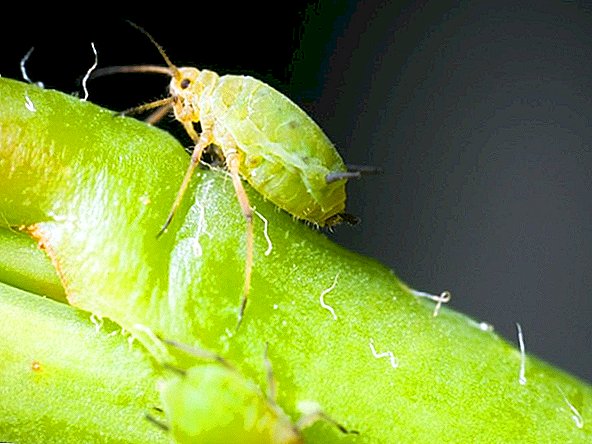
- Euonymus moth - caterpillars that appeared from laid eggs, eat foliage. They are harvested by hand and in the spring they are sprayed with an insecticidal preparation, for example, Inta-Vir.

- Necrosis of the cortex. As a result of the fungus infestation, the bark shrivels and cracks, which in turn leads to foliage abscission. To fight spend spring processing plants Bordeaux liquid.
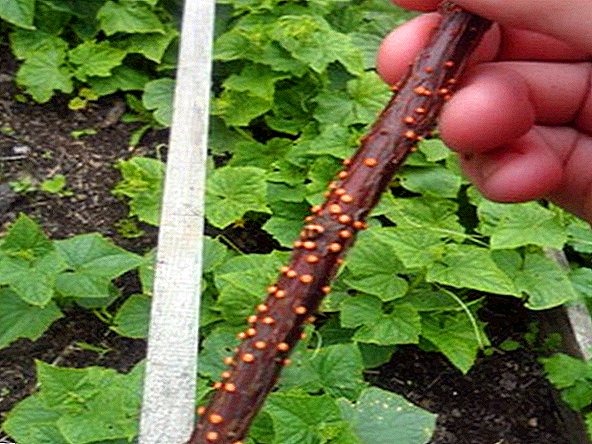
- Mealy dew. A gray bloom forms on the leaves, and then, they turn yellow and fall off. Spray the diseased plant with antifungal drugs three times with an interval of 8 days.
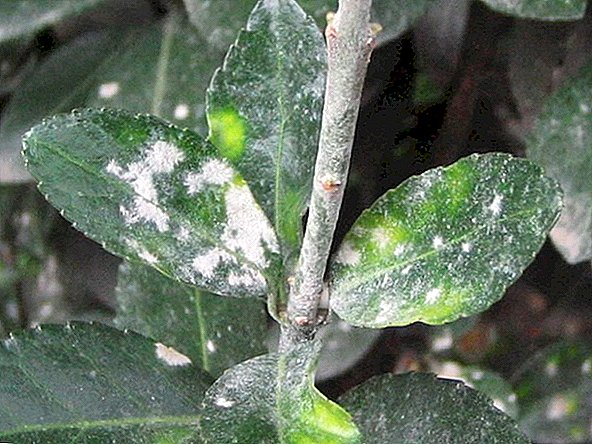
- Stem rot. To cure a plant is almost impossible. For the prevention of the disease, the shrubs twice a year (in spring and autumn) are treated with a one-percent solution of Bordeaux mixture.
After reading this unpretentious plant, with the conditions of its planting and cultivation, many gardeners will want to plant an euonymus on their site, and create an original composition with it. It will delight in the autumn with a riot of colors, and in the winter, on the background of snow, fruits of rich red color hanging on the branches.







